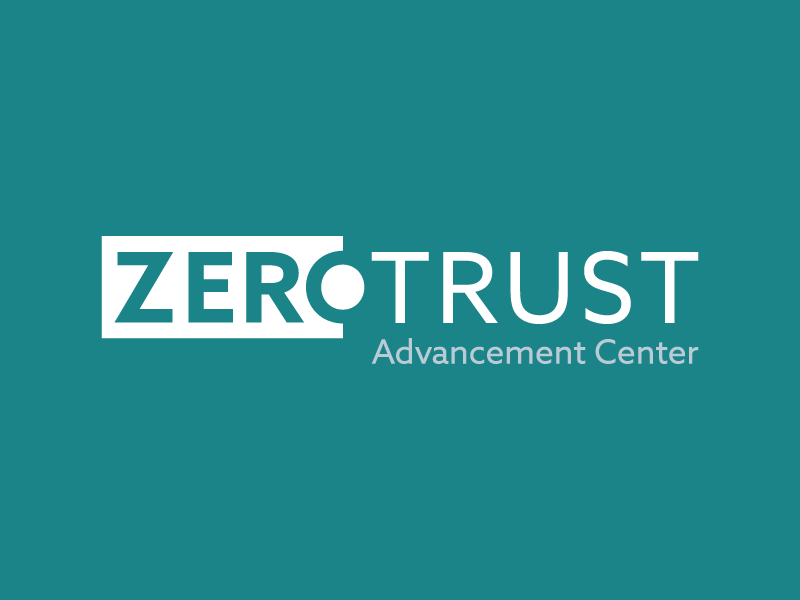5 Reasons Why Just-in-Time Cloud Access is Pioneering the Future of CIEM
Blog Article Published: 09/13/2023
Originally published by Britive
As the digital landscape evolves, businesses face unprecedented challenges in securing sensitive data and critical resources stored within their cloud environments. The rise of cloud infrastructure and the proliferation of remote work has significantly expanded the attack surface, making traditional access management solutions inadequate for present-day permissioning workflows. Organizations are addressing these cloud vulnerability concerns by adopting the least privilege model, wherein privileged access is only granted when necessary and is revoked upon task completion so that the least number of standing privileges can be maintained across cloud environments. To employ a least privilege security model, the cutting-edge approach known as Just-in-Time (JIT) cloud access management has become the pioneering approach to modern Cloud Infrastructure Entitlement Management (CIEM). In this blog post, we will explore five compelling reasons why JIT access for multi-cloud is revolutionizing how organizations safeguard their assets and bolster overall security in the age of CIEM.
Enhanced Security and Reduced Exposure
Traditional access management models rely on static permissions and roles assigned to users, granting them continuous access to resources, even when not required. This approach poses significant security risks, as it increases the chances of unauthorized access and potential data breaches. JIT Access Management, on the other hand, adopts a more dynamic approach. It enables access to be granted on-demand and only for the necessary duration required to complete specific tasks. As a result, the attack surface is dramatically reduced, minimizing the window of opportunity for malicious actors to exploit vulnerabilities. By significantly decreasing exposure time, JIT Access Management serves as a formidable deterrent against unauthorized access attempts.
Compliance and Audit Readiness
In today’s regulatory landscape, adherence to industry standards and data privacy regulations is paramount. Traditional access management often struggles to meet the stringent requirements of compliance audits. JIT Access Management, however, aligns perfectly with the principles of least privilege access and zero standing privileges. This approach ensures that users only have access to the resources required for their immediate tasks, thus maintaining compliance and making audit processes more streamlined and efficient. By adopting JIT Access Management, organizations can confidently demonstrate adherence to compliance standards and bolster their reputation as responsible stewards of sensitive data.
Streamlined Operations and Improved Productivity
The conventional approach of granting permanent access privileges can lead to a tangled web of access rights, often resulting in access creep and resource bloat. This not only increases the administrative burden but also hampers overall productivity as users struggle to navigate through unnecessary access restrictions. JIT Access Management tackles this issue head-on by providing a frictionless experience for users. With on-demand access, users can seamlessly obtain necessary permissions in real-time, allowing them to focus on their tasks without delays or disruptions. This streamlined approach reduces operational overhead, enhances productivity, and empowers employees to work efficiently, unencumbered by access complexities.
Mitigation of Insider Threats
Insider threats are among the most challenging security risks to detect and mitigate. Traditional access management’s static permissions can inadvertently provide malicious insiders with prolonged access to sensitive data, increasing the potential for data exfiltration or sabotage. JIT Access Management offers a powerful solution to counter insider threats by dynamically provisioning access only when necessary. By adopting a “just enough, just in time” approach, organizations can significantly reduce the likelihood of insiders exploiting their privileges for malicious purposes. The inherent accountability in JIT Access Management enables organizations to track and audit access requests, further bolstering their ability to mitigate insider threats effectively.
Scalability and Adaptability
Modern enterprises operate in dynamic environments, necessitating an access management solution that can adapt to changing circumstances. Traditional access management models often struggle to scale effectively, leading to inefficiencies and challenges as the organization grows. JIT permissioning is inherently agile and scalable, as it focuses on provisioning access based on real-time demand. Whether accommodating seasonal spikes, responding to organizational changes, or managing a remote workforce, JIT access tools excel in delivering the right level of access precisely when needed. This adaptability ensures that businesses can maintain optimal security and efficiency, regardless of their scale or operational complexity.
Conclusion
In conclusion, Just-in-Time (JIT) access management is undeniably at the forefront of Cloud Infrastructure Entitlement Management (CIEM) innovation. Its dynamic and responsive approach to access provisioning addresses the limitations of traditional access management models, providing enhanced security, compliance readiness, streamlined operations, insider threat mitigation, and scalability. As organizations embrace the ever-evolving digital landscape, JIT privileged access offers an innovative and future-proof solution that maximizes security while enabling productivity. By adopting JIT access tools, businesses can confidently safeguard their assets and stay ahead in the pursuit of a more secure and efficient CIEM paradigm.
Related Resources



Trending This Week
#1 The 5 SOC 2 Trust Services Criteria Explained
#2 What You Need to Know About the Daixin Team Ransomware Group
#3 Mitigating Security Risks in Retrieval Augmented Generation (RAG) LLM Applications
#4 Cybersecurity 101: 10 Types of Cyber Attacks to Know
#5 Detecting and Mitigating NTLM Relay Attacks Targeting Microsoft Domain Controllers
Related Articles:
CPPA AI Rules Cast Wide Net for Automated Decisionmaking Regulation
Published: 04/26/2024
Why Business Risk Should be Your Guiding North Star for Remediation
Published: 04/25/2024
How to Prepare Your Workforce to Secure Your Cloud Infrastructure with Zero Trust
Published: 04/24/2024
Upselling Cybersecurity: Why Baseline Security Features Shouldn’t Be a Commodity
Published: 04/24/2024






